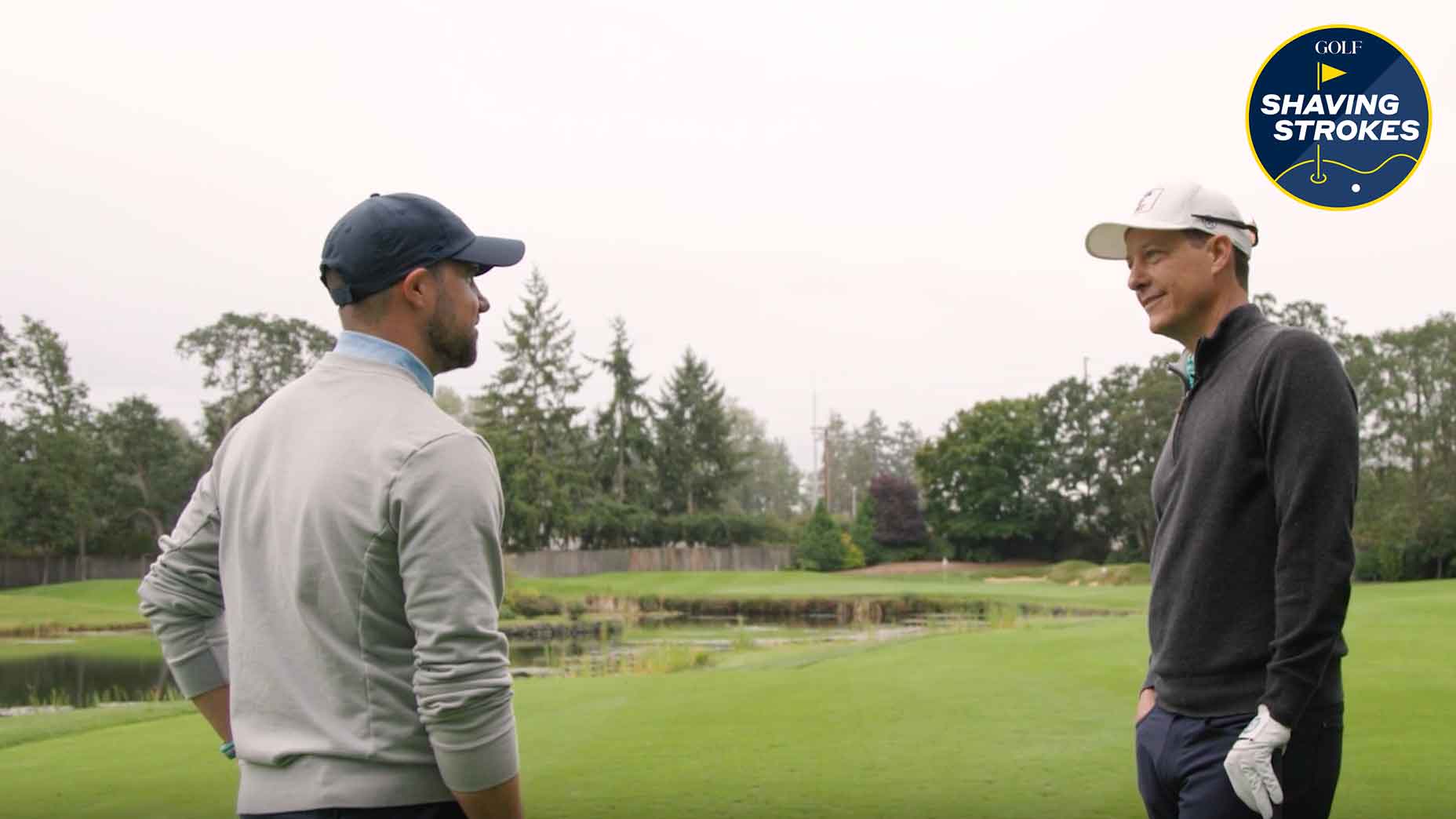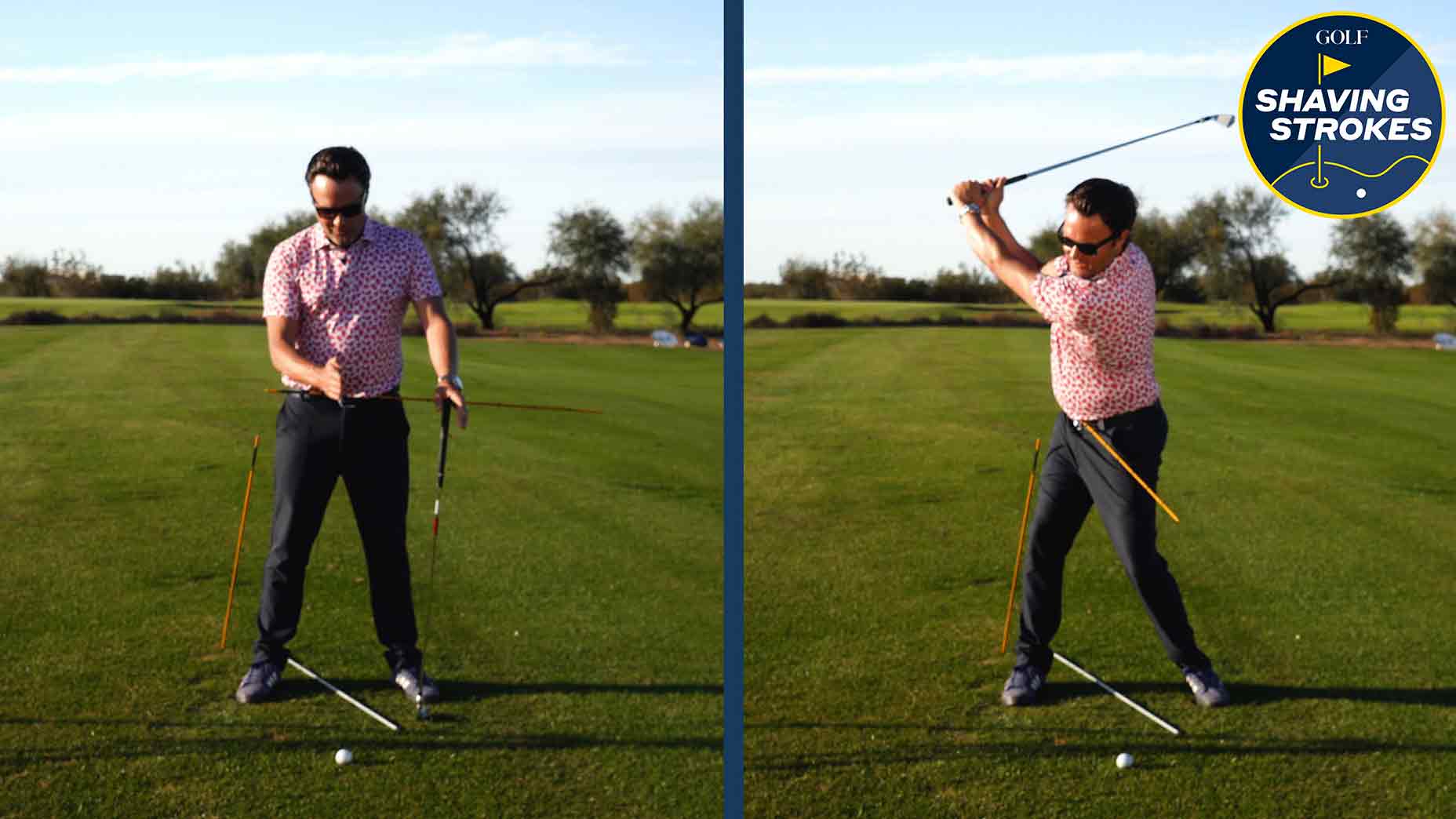How to quickly shake the rust off your game, according to Top 100 Teachers

After hibernating all winter, these tips will help knock off rust as you return to the course.
Getty Images
Most golfers are expectedly anxious to return to the course now that the weather’s getting nicer. We’re all checking the forecast. We’re all appreciative of the longer days. We’re all eager to swing the clubs again after some time away during the colder months.
But before just diving back into the deep end and making a tee time, you’ve got to go through the steps first.
This means dusting off your clubs, laying out the proper attire and, most important, priming your body for all those swings you’ll be taking. But there are plenty of other things an amateur golfer must do before heading to the links — and we’ve got some tips below to follow.
Tips on knocking off the rust heading into golf season
So how does an amateur golfer quickly shake the rust off leading up to the first few rounds of the year? With the help of some GOLF Top 100 Teachers, we were able to get some answers.
1. Find a good teacher
Before diving back into a round of golf, it’s a good idea to approach this year as a fresh start. Instead of experiencing some of the similar frustrations you did in previous years — like slicing drives or chunking irons — Steve Bosdosh suggests amateurs find a good teacher to prep their games, emphasizing a specific focus area.
“Be ‘subject specific’, starting with putting during lesson one, chipping and pitching during lesson two, distance wedges in lesson three, swing irons during the fourth lesson, and full swing driving during lesson five.
“Next, be sure to adhere to the teachers program, making sure you practice what they taught you for 30 minutes, two times each week. Start with the putting, and work outward to chipping and pitching — improving even the slightest in this area knocks off many strokes from your score! It can even be in the office or at home in front of a mirror, so don’t just wait for those 60-degree days!”
2. Invest in tech
According to Chris Mayson, most people are terrible at practicing because they “don’t know what they’re trying to accomplish, and they don’t have feedback to know if they’re doing the motion correctly or not.”
Mayson suggests investing in tech to get your game back up to speed, with his favorite tool being a training aid called The Arm Alarm from Why Golf.
“If you flip the club with your hands during short game shots, the strap will break the connection and the alarm will sound. Your goal is to keep the same distance between your forearms and rotate your body for pitch shots, guaranteeing good plane lines and consistent contact. With the full swing, the Arm Alarm helps you create great arm and wrist structure at the top of the backswing.”
3. Focus on your body
Scottie Scheffler’s trainer recently shared some tips on how the current world No. 1-ranked player used fitness to increase his endurance. Although there’s no promise you’ll swing it like Scheffler on the course this spring, Debbie Doniger does say it’s crucial to hit the gym to loosen up tight muscles.
“Start with a basic physical assessment — or add a more detailed one if that’s what you need. The more information that you, your teacher and your trainer are armed with, the better. Do not ignore your body. It can start to answer the ‘why’ you do what you do versus the ‘what.'”
4. Set a specific goal on the driving range
Bosdosh says it’s important to avoid being the person who just grabs the driver at the range, trying to practice bombing drives. This could lead to injury and frustration. Instead, he suggests putting together a plan for every swing you take with each club.
“Work with an 8- or 9-iron, with the ball on a small tee. Start with half swings, ensuring ball then divot contact. Gradually progress to fuller swings, but with a focus on 50-60 percent distances. This allows your muscles to stay loose and helps with feel — something most average golfers don’t have. This tempo helps you find the sweet spot, which is all great for your confidence.”
Using the above advice before your next round provides a plan to knocking off any winter rust. Each tip will allow you to build your confidence, helping you ease back into playing more regularly.
5. Get a handicap
If you’re not a card-carrying handicap holder, time to snap to it! Tracking your Index and round-by-round scores (you can register for a handicap here) will give you a quick snapshot of how your game is progressing as you’re working out the kinks — which might just inspire you to practice and play more. Your game will thank you for it.











